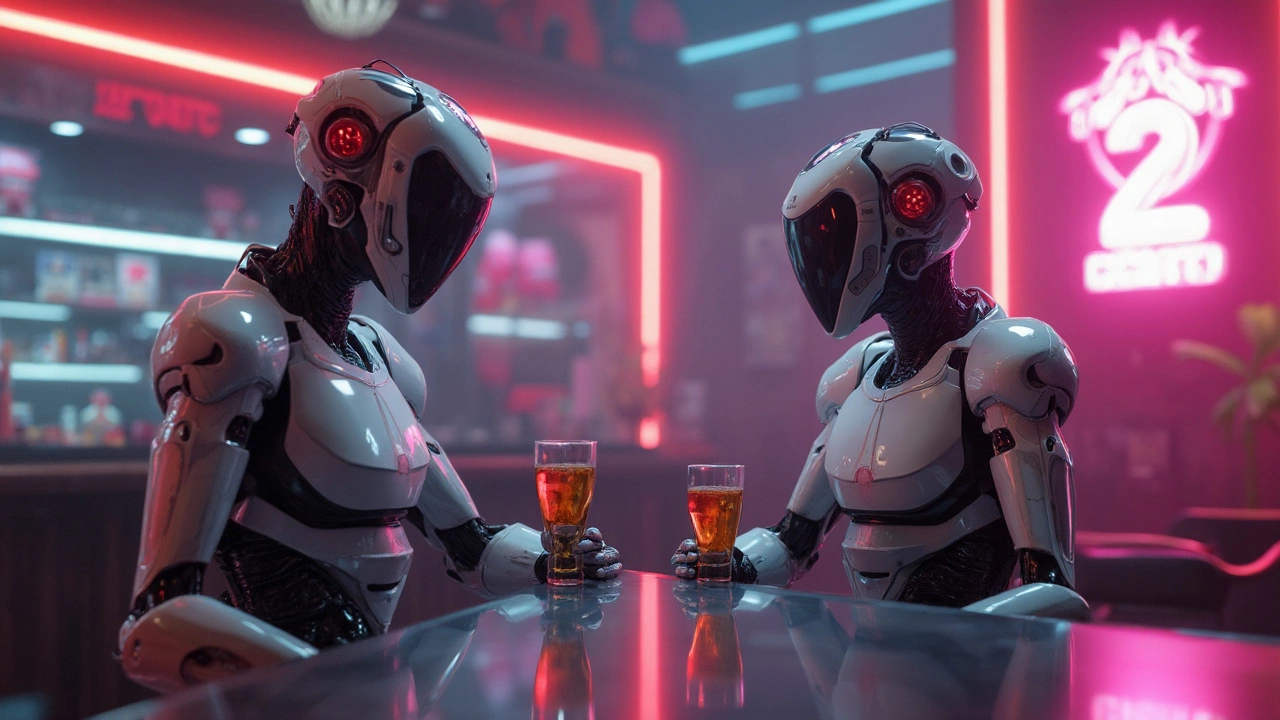RPG Elements: The Building Blocks of Any Great Role‑Playing Game
Ever wonder why some games keep you hooked for hours while others fall flat? The secret lies in the core RPG elements that give players purpose, challenge, and excitement. Below we break down the most important parts, so you can spot them in your favorite titles or use them in your own game ideas.
Character Progression – Growing Into a Hero
Progression is the heartbeat of any RPG. You start weak, earn experience, level up, and unlock new abilities. The key is to make each level feel rewarding without becoming a grind. Good progression mixes skill trees, gear upgrades, and narrative milestones – think of how Skyrim lets you specialize in magic or melee, while each quest pushes the story forward.
Quest Design – The Engine That Drives Play
Quests turn a collection of mechanics into a story you care about. The best ones have clear objectives, meaningful choices, and consequences that echo later in the game. Try blending main‑line missions with side tasks that reveal world lore or character back‑stories – like the side quests in The Witcher 3 that deepen Geralt’s relationships.
Combat systems are another pillar. Whether you prefer turn‑based tactics, real‑time action, or a hybrid, the combat should match the game’s pace and style. Balanced enemies, varied abilities, and occasional surprise mechanics keep fights from feeling repetitive.
World building ties everything together. A living world offers exploration, hidden secrets, and a sense of scale. Populate it with NPCs who have their own goals, dynamic weather, and small details that make the setting feel real. Even simple touches, like a bustling market or random wildlife, add immersion.
Dialogue and choice mechanics give players agency. When a conversation branch changes a character’s fate or opens a new quest, players feel their decisions matter. Keep the options clear and the outcomes logical – no random dead‑ends that frustrate rather than engage.
Inventory management can be a fun challenge or a tedious chore. Good design limits clutter, encourages strategic choices, and rewards players for finding rare items. Games like Diablo balance loot drops with clear rarity tiers, making every find feel valuable.
Finally, reward loops keep players coming back. Mix short‑term rewards (like loot drops) with long‑term goals (story resolution, world mastery). Seeing progress on both levels fuels the desire to keep playing.
By paying attention to these core RPG elements – progression, quest design, combat, world building, dialogue, inventory, and reward loops – you can understand why certain games become legends. Whether you’re a player looking for the next great title or a creator crafting your own adventure, these fundamentals are the toolkit you need.
So next time you fire up a game, ask yourself: which of these elements drive my excitement? Spotting them helps you appreciate the design work and gives you ideas for your own projects. Happy gaming, and may your journeys be epic!

Atomic Heart 2 Unveiled: Summer Game Fest 2025 Showcases Next-Gen RPG Shooter and Multiplayer Spin-Off
Atomic Heart 2 was officially revealed at Summer Game Fest 2025, promising deeper RPG elements and a chaotic retrofuturistic world. Alongside it, a new multiplayer shooter called The Cube will expand the franchise. Both are set for PC and consoles, with launch dates still under wraps.
View more